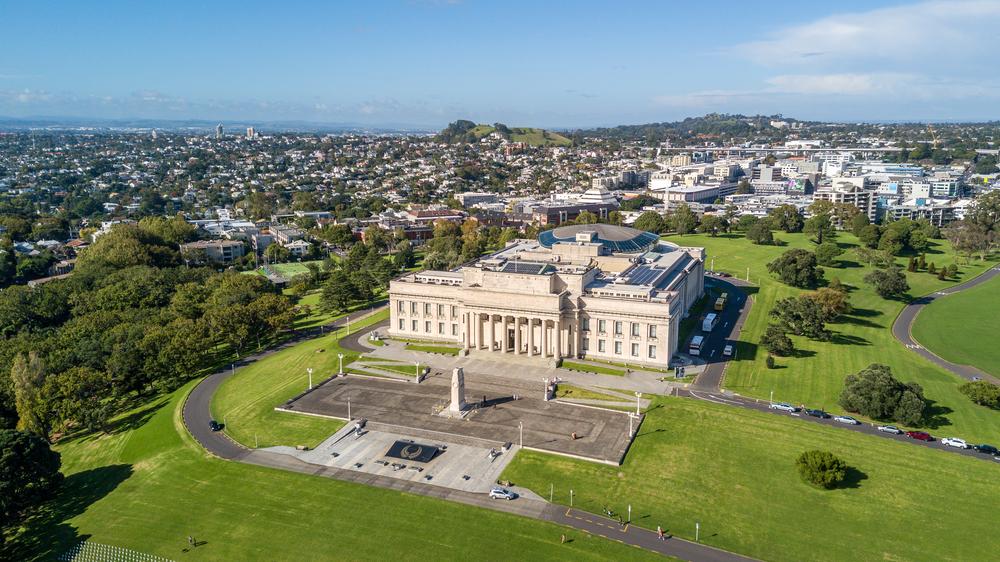On April 25, 1915, the Australian and New Zealand Army Corps (ANZAC) landed on the Gallipoli Peninsula in Turkey. Their mission was to capture the Dardanelles, a strait in the northwest of the country, from the Ottomans, who were Germany’s allies.
For over eight months, soldiers on both sides suffered greatly: 87,000 Ottoman Turks and 44,000 Allied forces, including 8,500 Australians and 2,779 New Zealanders, were killed. One in six of the New Zealanders sent to fight in Gallipoli died in battle.






